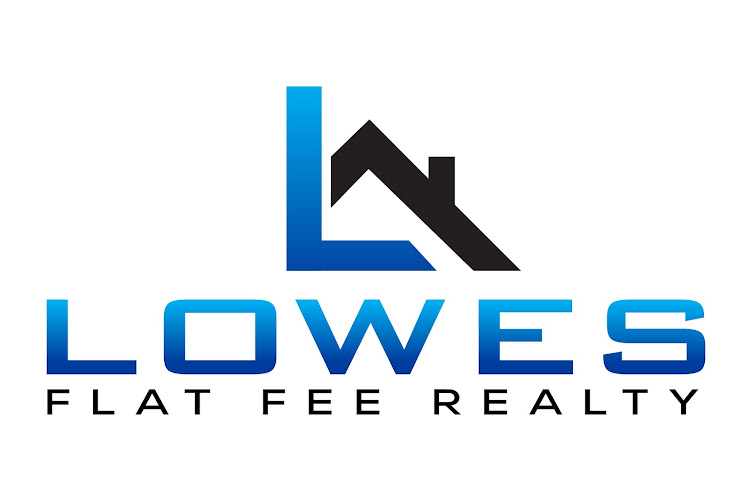Single family home sales in November 2013 were 548 in Ada County, a decrease of 3.3% compared to November 2012. I expected a better month, but sales fell about 30 units short.
Year-to-date sales are 7,385; up 14% over 2012 YTD sales of 6,471.
Dollar volume for November was up 9.5% to $131 million and YTD we are just over $1.7 billion in sales.
We now have had two consecutive months with sales falling behind the previous year. October 2012 was a really strong month; up 19%. November 2012 was pretty good too; up 15%. December is an interesting month for sales. Some years its higher than November. Some years close and some years well below.
The last two months sales have been with 5% of previous year. If that trend continues in December sales will be very near 500 units which will give us a total sales increase for 2013 of 13%.
Days on market averaged 52 in November, no change from October. Our year-to-date average is 51 days.
New homes sold in November totaled 105; down 14% from November 2012…but slightly stronger than in October
Historically, November sales decrease an average of 9% from October. November 2013 sales decreased 11% compared to October 2013.
Of the total sales in November, 10% were distressed; up 1% from last month. In November 2012, 24% of sales were distressed.
For the month of November, REO sales (57% of Distressed; 31 total sales) exceeded Short Sales (43% of Distressed; 24 total sales), for the first time in 2013.
Pending sales at the end of November were 831; down 9% from September 2013; but even to what was pending in 2012 at the end of November.
Of Pending sales in distress (13%), there was an increase in the number of Short Sales (from 52% to 59% of activity; 63 total sales) and a decrease in REO sales (from 48% to 41%; 44 total sales).
November median home price was $205,700; up 16% from November 2012. According to
NAR’s most recent report; national median price is $199,500.
New Homes median price for November was $274,161; up 10% from November 2012. For Existing homes the increase is 15% to $185,000.
This is the fifth month in which we’ve been above $200K.
In Ada County, the median family income is $67,519; making a $205,700 home within reach for that “median family income” family.
The number of houses available for sale at the end of November decreased 10% from October 2013 to 2,263. This is the third consecutive month of decrease. This is 21% more than last year at this time. Since January we have increased the number of single family homes for sale by 36%, allowing us to grow our YTD sales increase.
Historically, inventory decreases steadily from August to December. Anecdotally, I’ve spoken with several sellers who listed their homes in September/October at an aggressive price; then took one or two reductions before pulling the listing from the market, deciding to wait until Spring 2014.
Of the total active listings, 11% are distressed, up 1% from the end of October 2013.
With inventory experiencing seasonal decreases and the percentage of distressed inventory holding very low, median home price will remain strong through the end of this year.
Of our Distressed Inventory, 71% is Short Sales (163) and 29% is REO (66).
Available inventory decreased at all price points except in the $120,000 to $160,000 range, with an increase of 16 homes.
In Ada County we now have 3.9 months of inventory on hand, up a little from the end of October.
The price category in shortest supply is <$100K where we have 1.8 months. All price points up to $400,000 have a 4 month’s supply. Above $400,000 the supply is closer to five months. Remembering that six months of available inventory describes a “stable real estate market”; it looks like we are heading into a period of “normal” like we haven’t seen in several years.
Of sales in November, the most popular price point was $120,000 to $160,000 (21%); followed by $160,000 to $200,000 (17%), $200,000 to $250,000 with 14%.
So…what’s next?
Lawrence Yun, NAR chief economist, said a flattening trend is expected. “The erosion in buying power is dampening home sales,” he said. “Moreover, low inventory is holding back sales while at the same time pushing up home prices in most of the country. More new home construction is needed to help relieve the inventory pressure and moderate price gains.”
For Ada County, the positives that have helped push the pace of our recovery past the national average are still in place; growing population, jobs creation and quality of life issues will bridge us through the slow winter months.
